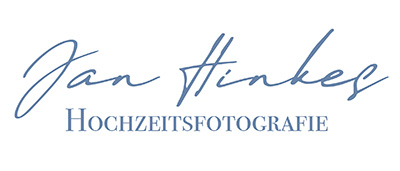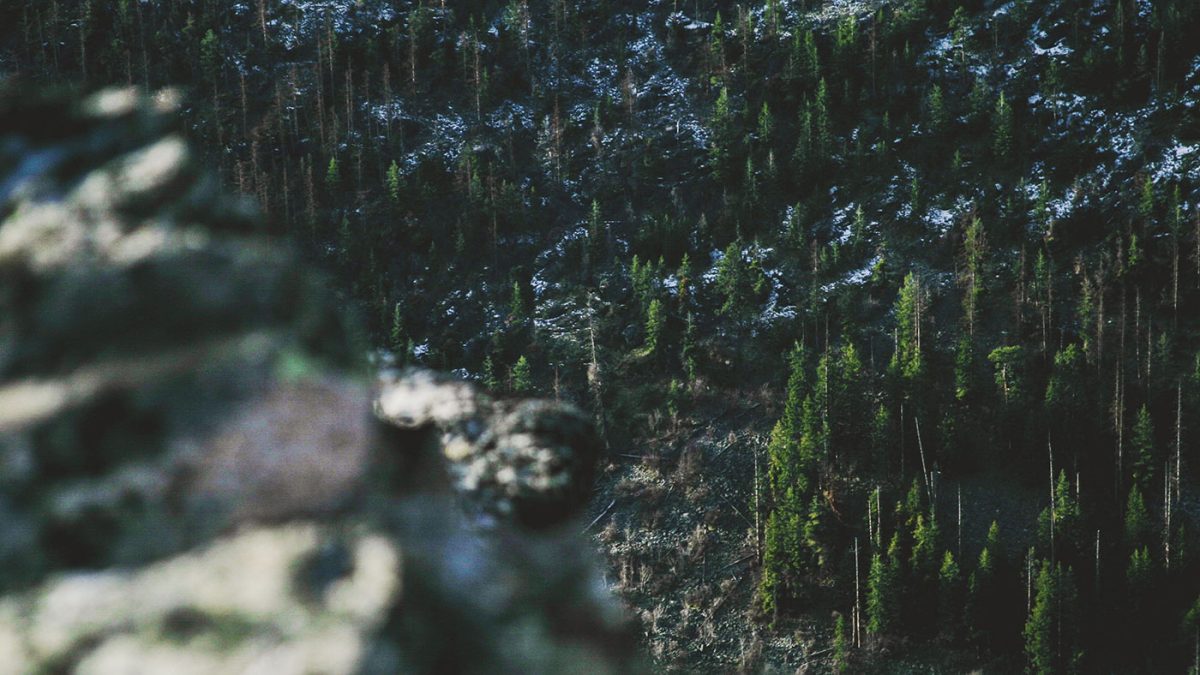The best and most beautiful things in the world cannot be seen or even touched – they must be felt with the heart. Far far away, behind the word mountains, far from the countries Vokalia and Consonantia, there live the blind texts

Far far away, behind the word mountains
With the need of stock photography for a wide variety of reasons ranging from designers who need an image for their work, to ad agencies creating a magazine ad, to television stations using it in their commercials, to bloggers using it for their main post image, even to individuals who are looking for stock photos to use in a personal project, stock photography has taken off and its usage is becoming more commonplace.
The stock photography market as a whole has been growing substantially and we have so many options available to us to find just the right images for any project.
How did stock photography come to be? When did stock photography start and how was it first used? Where is stock photography headed? Let’s take a look at how stock photography came to be, how it’s grown, and where we can expect stock photography to go in the future.
A brief history of stock photography
Stock photography agencies have been around since the 1920’s as an innovative way to share “outtakes” or unused images from commercial photoshoots. These leftover images were often shared for use but weren’t widely used in final pieces.
It wasn’t until about the 1980’s when the concept of stock photography really started to take hold and prosper. Advertising agencies started needing photos for their client work for a variety of reasons such as a photoshoot gone bad, lack of time or budget to do their own photoshoot, or as a way to show examples or ideas for an upcoming photoshoot.
Ad agencies would then turn to “outtake catalogues” or unused images from other commercial photoshoots in hopes of finding images they could use for their own project. This allowed for different projects to be completed without doing a custom photoshoot for each and every one (which was often quite expensive).
While ad agencies and photographers would often have their own catalogues of images, it started to become more commonplace for these catalogues to be shared with others and images purchased and paid for on a royalty basis.
During the 1980’s, more photographers started seeing stock photography as a new means of making a living and moved from one-off commissioned photoshoots to shooting images specifically to submit to stock photo catalogues.
The temptation to begin again is strong, though not always an option. If you’re redesigning a website, for instance, you need a different approach than if you’re starting from scratch.
Most, if not all of us, have gone searching for stock photography to use in our projects at least once in our career. Some of us even do it on a daily basis. Stock photography has allowed us to license and use images for our design and marketing needs without costly and time consuming photoshoots.




No Comments